Key Takeaways
-
Mites are widespread microscopic pests that can cause allergies, skin conditions, and rarely, diseases.
-
Common mite-related health issues include dust mite allergies, scabies infestations, chigger bites, and Demodex-related skin problems.
-
Proper cleaning, controlling humidity, and timely medical treatment are effective ways to manage mite issues.
-
Early detection and proactive measures can significantly minimize health risks.
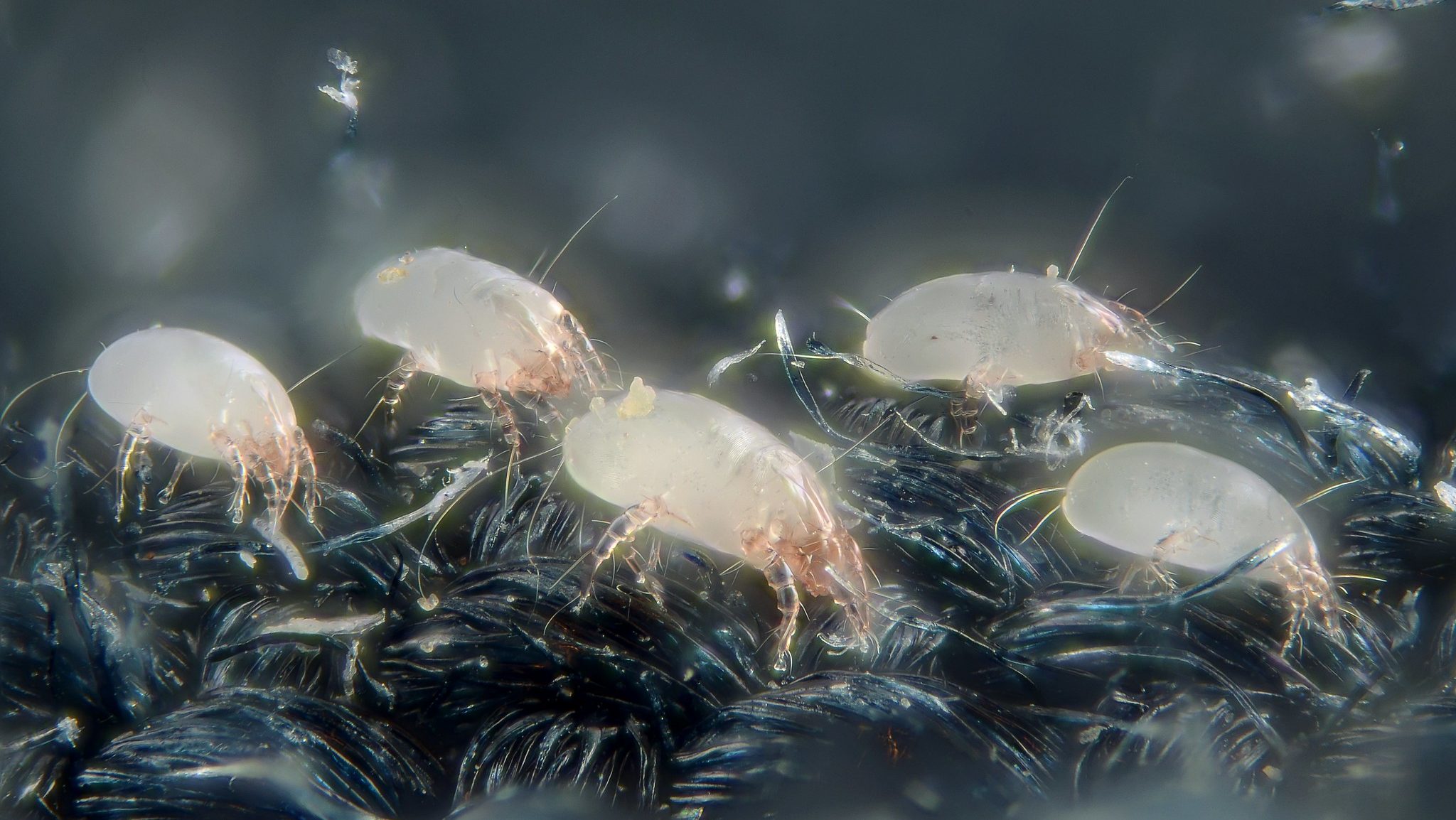 Mites are tiny, nearly invisible creatures often lurking unnoticed in homes across the US. While they might seem harmless due to their size, mites can lead to significant health issues ranging from mild irritations to severe allergic reactions. Understanding how mites affect your health, recognizing symptoms early, and learning practical ways to prevent and manage infestations can help ensure a healthier, more comfortable home.
Mites are tiny, nearly invisible creatures often lurking unnoticed in homes across the US. While they might seem harmless due to their size, mites can lead to significant health issues ranging from mild irritations to severe allergic reactions. Understanding how mites affect your health, recognizing symptoms early, and learning practical ways to prevent and manage infestations can help ensure a healthier, more comfortable home.
How Do Mites Affect Your Health?
Mites primarily affect human health in two ways: allergic reactions and skin irritations. While some mites directly bite or burrow into the skin, causing discomfort, others release allergens into your home’s air, triggering respiratory issues.

Not getting a solution?
Get your free pest control estimate today!Respiratory Issues and Allergies
Dust mites are the most common household mites and a leading cause of indoor allergies. They thrive in warm, humid environments, feeding on dead skin cells shed by humans and pets. Their microscopic waste particles become airborne easily, triggering allergic reactions.Symptoms of Dust Mite Allergies
-
Frequent sneezing
-
Runny or stuffy nose
-
Itchy, watery eyes
-
Persistent cough
-
Worsening of asthma symptoms
If these symptoms become chronic or worsen at home, it might indicate a dust mite infestation.
Skin Irritations and Itching
Several mites can cause skin discomfort: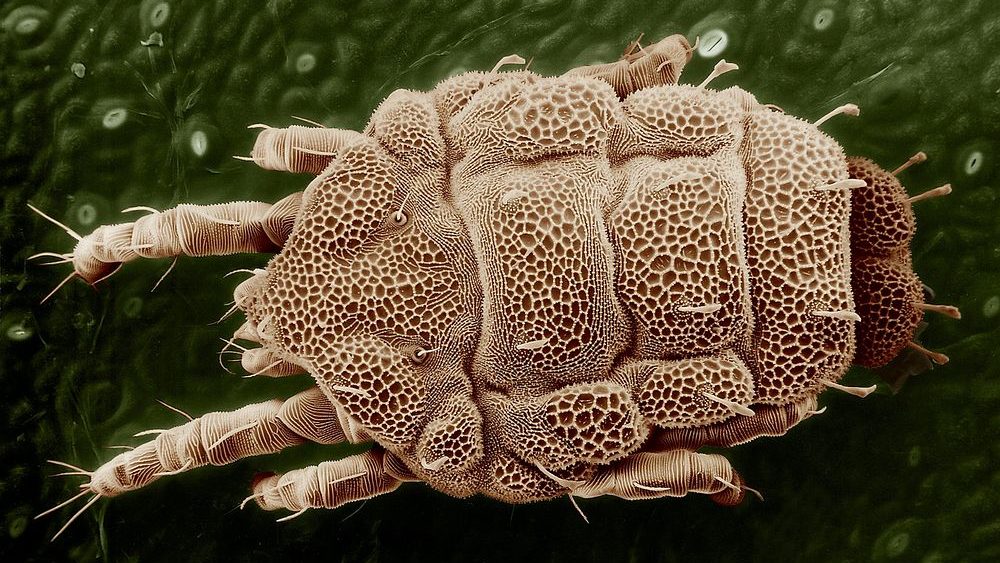 Scabies Mites: These tiny mites burrow into the skin, laying eggs and causing intense itching, particularly at night. Scabies are highly contagious, spreading through prolonged skin contact or shared bedding.
Scabies Mites: These tiny mites burrow into the skin, laying eggs and causing intense itching, particularly at night. Scabies are highly contagious, spreading through prolonged skin contact or shared bedding.
Symptoms Include
-
Severe itching, especially at night
-
Red, blister-like bumps
-
Thin, burrow-like skin patterns, often between fingers, around wrists, elbows, and waist
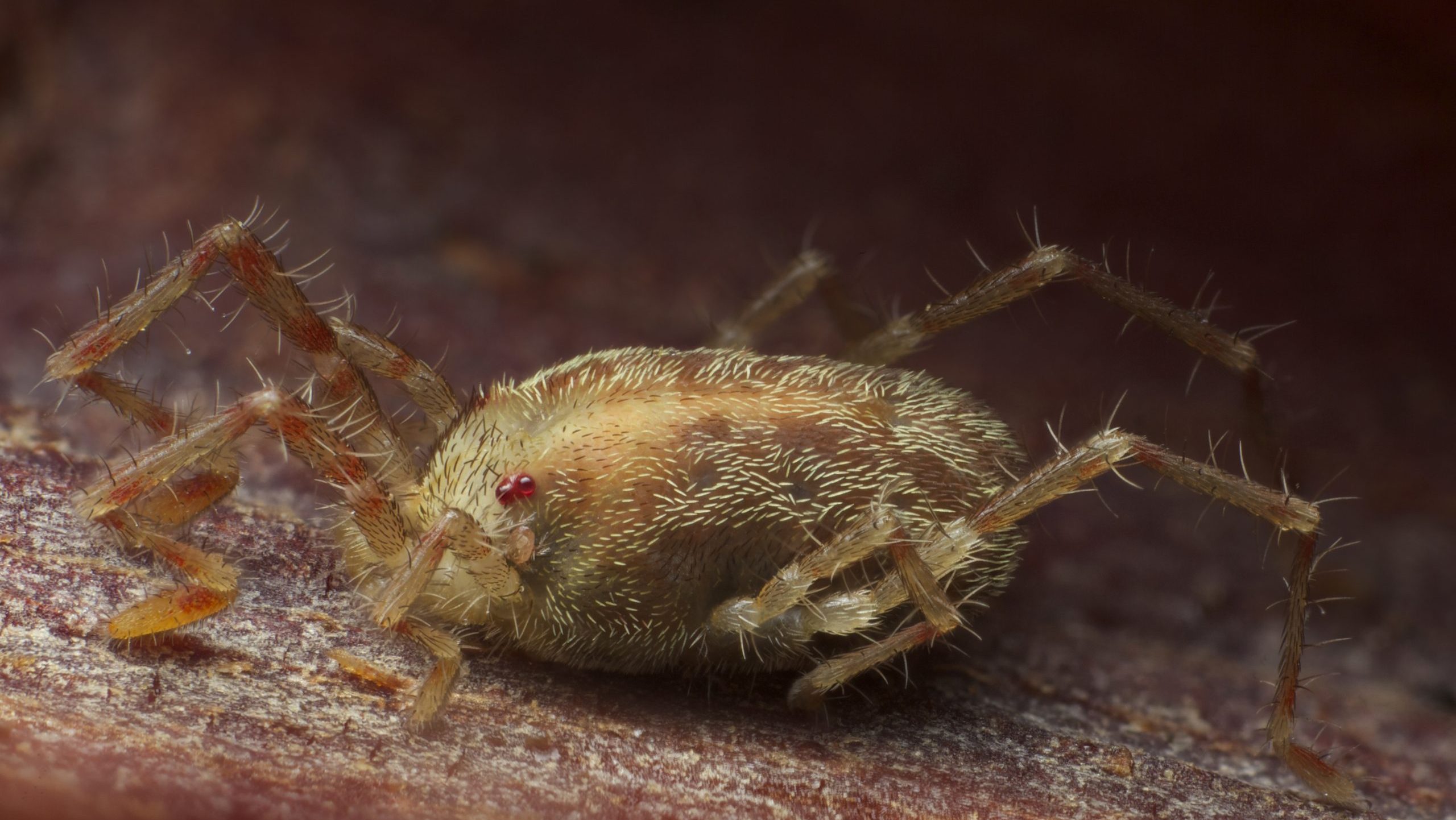 Chiggers: Often encountered outdoors, chiggers attach to the skin, injecting saliva that causes extremely itchy red welts. Common symptoms:
Chiggers: Often encountered outdoors, chiggers attach to the skin, injecting saliva that causes extremely itchy red welts. Common symptoms:
- Itchy, red bumps around ankles, waist, or skin folds
- Prolonged itching lasting days or weeks
- Itchy red bites
- Crawling sensations on the skin
- Risk of infection due to excessive scratching
- Acne-like breakouts
- Redness and irritation on the face
- Eye discomfort, redness, or inflammation
Recognizing a Mite Problem Early
Since mites are tiny and hard to detect, recognizing infestation symptoms is crucial. Watch for these signs to identify potential mite-related issues early:- Increased indoor allergy symptoms
- Persistent nighttime itching or skin irritation
- Red bumps or unexplained skin rashes
- Unusual crawling sensations
- Unexplained acne-like symptoms or redness, particularly on the face
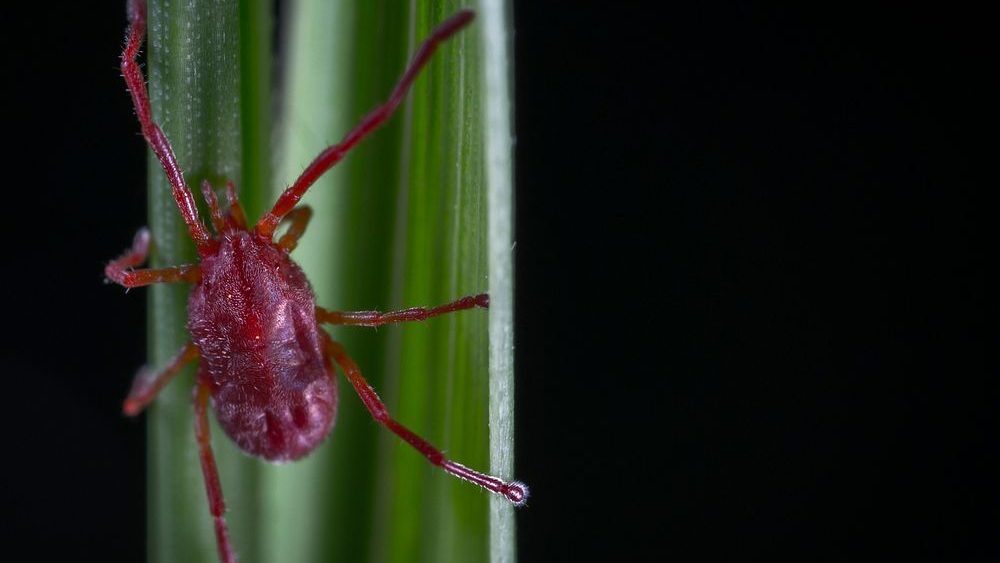
Effective Ways to Treat Mite-Related Health Issues
- Prompt medical attention can effectively address mite-related health concerns:
-
Allergies: Over-the-counter antihistamines or nasal corticosteroids can alleviate symptoms. Severe cases might require allergy immunotherapy (allergy shots or tablets).
-
Scabies: Requires prescription medications, such as topical permethrin cream or oral ivermectin.
-
Skin Irritations from Mite Bites: Hydrocortisone creams and antihistamines reduce itching and inflammation. For secondary infections caused by scratching, antibiotics might be necessary.
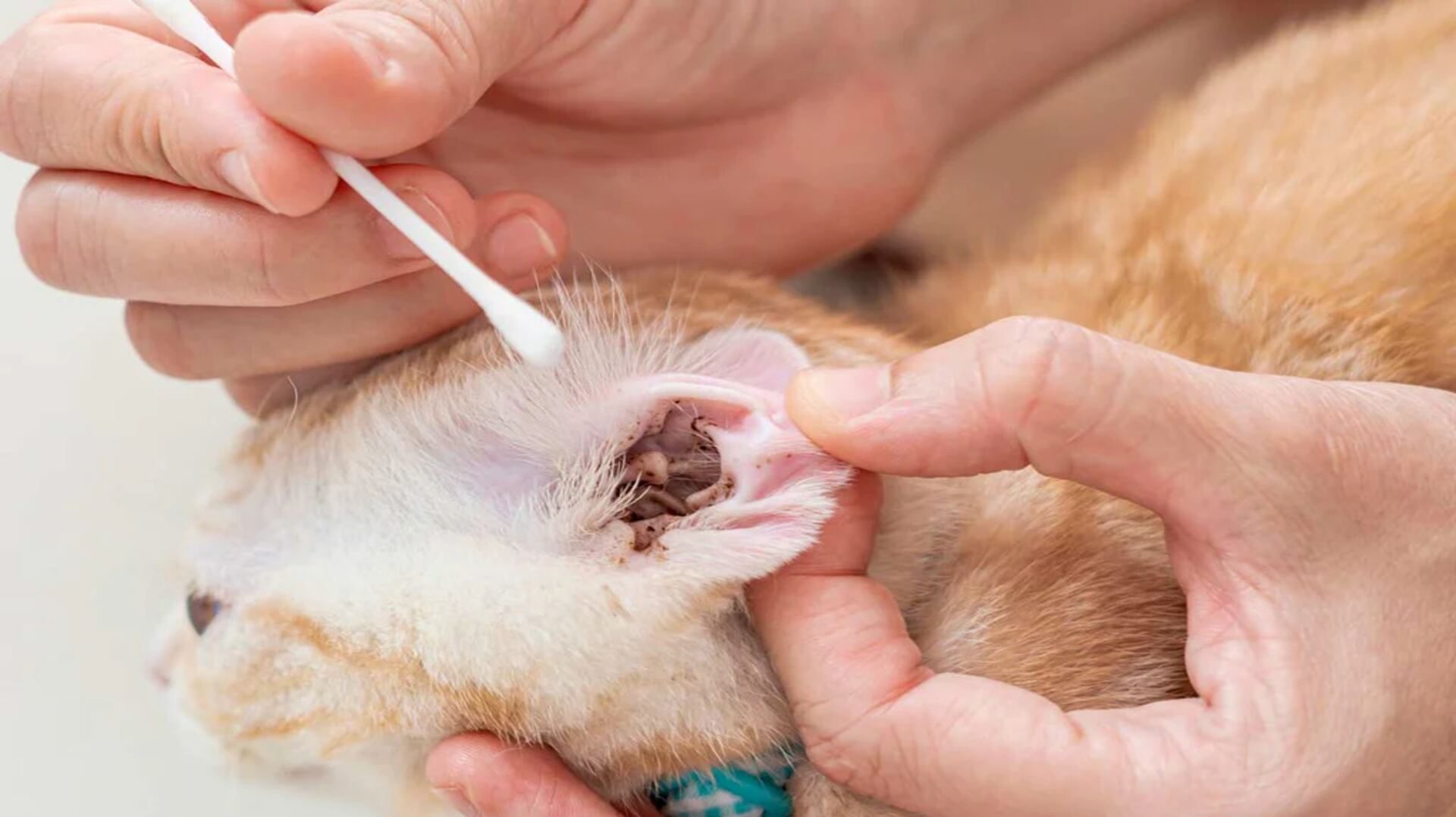
Practical Tips to Keep Your Home Mite-Free
Reducing mite populations in your home can dramatically decrease the risk of health problems. Here are easy, effective steps:Regular Cleaning
- Vacuum carpets, rugs, and upholstered furniture weekly using a HEPA-filter vacuum cleaner.
- Wash bedding in hot water (above 130°F) every week to kill dust mites.
Humidity Control
- Keep your home’s humidity below 50% using air conditioners, fans, and dehumidifiers to make your home less hospitable to mites.
Protective Bedding
- Use an allergen-proof mattress and pillow covers to minimize exposure to dust mites.
Home Maintenance
- Seal entry points, such as cracks around windows, doors, and vents, to prevent mites from entering your home.
- Regularly inspect and maintain window screens.
Pet Care
- Regularly groom and bathe pets, and wash their bedding frequently to reduce mite-attracting dander.
Outdoor Precautions
- Remove bird and rodent nests promptly.
- Clear standing water and dense vegetation around your home to reduce outdoor mite populations.





